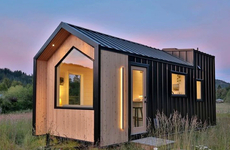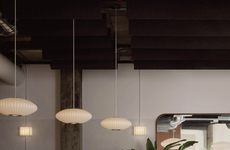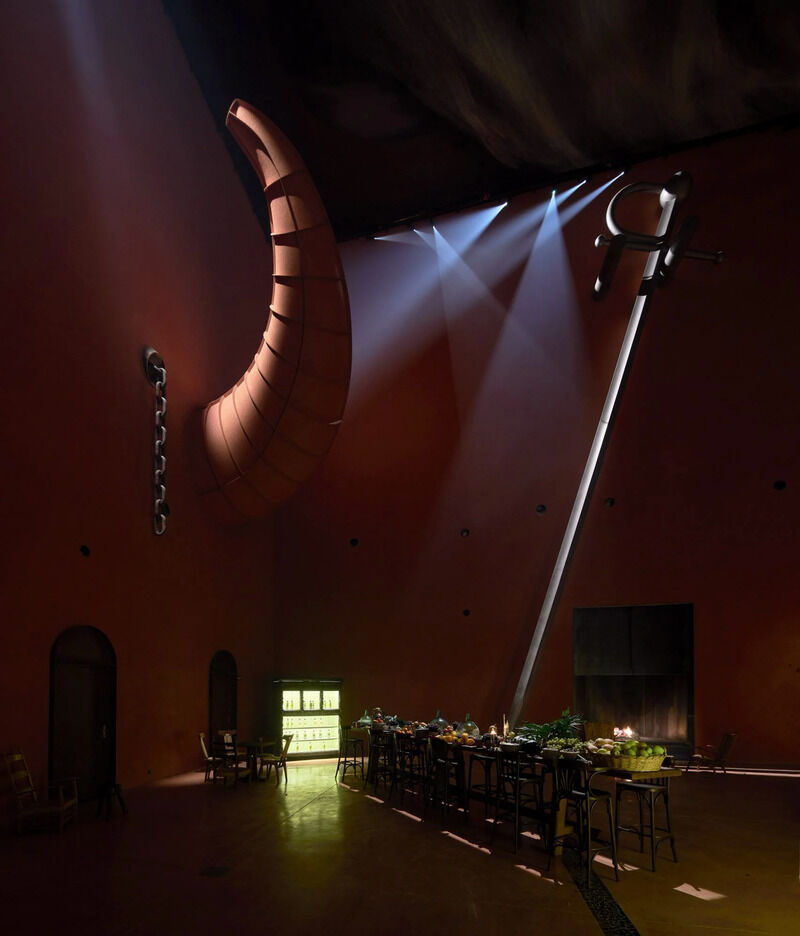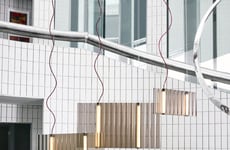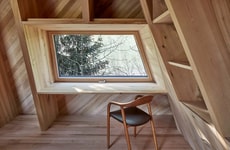
Phillippe Starck Created a Cuboid LA Almaraza Olive Oil Mill
Amy Duong — December 30, 2024 — Art & Design
French architect Philippe Starck is the creative mind behind the LA Almaraza, which is a space of various practices including an olive oil mill, a museum, and a restaurant -- all of which is nestled in Andalusia. The red cuboid structure is decorated with symbols that are added to honor the area's heritage. Groves on the estate surround it and it is designed for oil production LA Organic as a larger project to body oleotourism.
Starck explains to Dezeen, "LA Almazara itself is surrounded by acres of olive groves, bathed in powerful and warm lights of Andalusia. This gives a kind of sense of the radicality I had to come up with for the project. Everything had to be out of the ordinary, out-of-scale, a little strange and surrealist. The place is full of fertile surprises that reflect Andalusian symbols. This gives a kind of sense of the radicality I had to come up with for the project. Everything had to be out of the ordinary, out-of-scale, a little strange and surrealist. The place is full of fertile surprises that reflect Andalusian symbols."
Image Credit: Alfonso Quiroga Ferro
Starck explains to Dezeen, "LA Almazara itself is surrounded by acres of olive groves, bathed in powerful and warm lights of Andalusia. This gives a kind of sense of the radicality I had to come up with for the project. Everything had to be out of the ordinary, out-of-scale, a little strange and surrealist. The place is full of fertile surprises that reflect Andalusian symbols. This gives a kind of sense of the radicality I had to come up with for the project. Everything had to be out of the ordinary, out-of-scale, a little strange and surrealist. The place is full of fertile surprises that reflect Andalusian symbols."
Image Credit: Alfonso Quiroga Ferro
Trend Themes
1. Oleotourism Experiences - The integration of cultural narratives with olive oil production offers new ways to engage travelers seeking immersive experiences.
2. Architectural Symbolism - The use of symbolic architecture in commercial spaces presents opportunities for creating unique brand narratives that resonate with local heritage.
3. Multi-functional Spaces - Combining production facilities with cultural and gastronomic destinations redefines consumer engagement by offering diverse experiences in a single location.
4. Radical Design in Tourism - Adopting bold and unconventional design in the tourism sector allows for the creation of distinctive environments that challenge traditional expectations.
Industry Implications
1. Tourism - The rise of oleotourism underscores the potential for growth in targeted, experience-driven travel sectors.
2. Architecture - Architects can explore innovative designs that incorporate cultural and historical symbols to create spaces that are both functional and narrative-rich.
3. Agro-tourism - The blending of agriculture with tourism creates a niche market for destinations that emphasize authentic and local experiences.
4. Hospitality and Dining - Innovative food tourism models that integrate production with dining experiences drive new customer engagement strategies in the hospitality industry.
2.6
Score
Popularity
Activity
Freshness


